Generative AI solutions laid bare
Learnings from our ‘Embracing GenAI: Navigating AI opportunities and challenges in the legal sector’ webinar
In our November webinar with Jason Walker, Peter Graham and Scott Neilson from Virtuoso, Ingram Micro and Kent Law Society respectively, along with Jayva’s Nicola Moore-Miller and Robert Bailey, we discussed the true power of artificial intelligence (AI) in law.
To help you garner the webinar’s key learnings, or even discover its content for the first time if you were unable to attend live on the day, we’ve helpfully collated the main points in summary format on this blog…
A speedy introduction to generative AI
Generative AI, or GenAI for short, presents real challenges and opportunities in your sector. Gartner recently released a report titled ‘Scaling AI: Strategies for AI-steady and AI-accelerated organisations’ which states:
“…This dichotomy creates a huge challenge for organisations: balancing the hype and potential of AI with the reality of achieving tangible outcomes. The urgency is underscored by the fact 74% of CEOs believe AI will significantly impact their industries in 2024, up from 59% in 2023…”
The issue faced is figuring out the practical elements of GenAI to overcome challenges while grasping its opportunities.
What exactly’s meant by ‘GenAI’
To clarity terminology upfront, artificial intelligence is subtly different to generative artificial intelligence.
AI encompasses a wide range of technologies including machine learning, natural language processing, robotics and computer vision. The goal of AI is to create systems which perform tasks typically requiring human intelligence such as recognising speech, making decisions and solving problems.
GenAI, on the other hand, is about creating content. GenAI produces new data that resembles the input it was trained on, encompassing text, images, music and video output.
In summary, while AI broadly aims to replicate human intelligence in machines, GenAI focuses on creating original content based on the patterns and data it has learned from.
GenAI uses and benefits in a legal setting
The legal sector is one of the oldest professions, dating back to the Middle Ages and even ancient Greek civilisations. As such, it’s an industry that’s tended to be late adopters of technology. But times are changing.
A legal trends report by Clio showed 19% of law firms in 2023 were using AI and 79% in 2024. It’s a massive uptake and it’s continuing to grow.
As one of the systems in legal practices, GenAI has the power to revolutionise businesses. Working with the majority of lawtech vendors internationally and implementing their systems far and wide, Jayva’s witnessing AI features being pulled into their products in order to:
Increase efficiency: AI automates routine tasks such as document review, research and contract analysis thus saving time, reducing costs and allowing you to focus on complex and strategic work.
Enhance accuracy: AI minimises human error in areas like due diligence and compliance checks. By analysing large volumes of data with pinpoint accuracy, AI improves work quality.
Improve client service: AI introduces chatbots and virtual assistants to client interactions for instant responses to common queries and overall client satisfaction.
Empower data-driven decision making: AI analyses past case outcomes and trends for predictive insights to make informed choices and devise better strategies.
Reduce costs: Automating repetitive work impacts efficiency and costs, which is particularly useful for managing overheads and driving up revenue.
Introduce better training and development: AI assists in training new employees by giving access to knowledge and resources so they learn, familiarise and grow rapidly.
Strengthen competitive advantage: Adopting AI early can position you as innovative and forward-thinking, outshining your competition, attracting tech-savvy clients and retaining top talent.
Walking in the shoes of consumers for a moment, the traditional model of going into a practice to meet with a partner and fill out paperwork doesn’t suit the modern, busy world. Rather, we expect online chats, virtual assistants, document automation and collaboration. GenAI is transforming these client interactions and changing service consumption – markedly.
In a decision-making scenario, manually collating financial data in years gone by was a nightmare. It had to be inputted into spreadsheets, analysed, presented and reviewed… taking days (or even weeks!) of time. The cost of creating data was through the roof. GenAI removes this manual labour – totally.
As intimated above, in terms of practice management software, AI’s being incorporated into solutions in a number of ways, for example:
Automating routine tasks: AI is used for repetitive tasks such as document review, timekeeping and billing to reduce the workload on busy professionals and allow them to concentrate on strategic activities.
Enhancing legal research: AI analyses data for insights and relevant case law. This streamlines research processes, helping lawyers find pertinent information faster.
Improving document management: AI organises and manages documents effectively through categorisation and data extraction.
Template generation and automation: AI suggests relevant templates for drafting new documents.
Predictive analytics: AI views historical data to predict matter outcomes, helping lawyers understand trends in case law, judge behaviour and opposing counsel tactics.
Client interaction: AI handles client inquiries, schedules appointments and provides basic legal information to free up time.
Risk management and compliance: AI monitors transactions, flags suspicious activities and ensures practices adhere to regulatory standards.
Training and onboarding: AI delivers personalised learning experiences, tracks progress and suggests areas for improvement.
One such software product of note is LEAP’s LawY legal assistance toolkit. LawY combines AI technology with the precision of human expertise by providing verified AI answers by qualified legal experts. LawY solves the problem of occasionally not receiving the ‘proper’ answer to any question due to inputting restrictions.
Identifying and mitigating AI risks
Casting your mind back to our introduction, you must balance the ‘hype’ with the ‘potential’ when it comes to adopting AI in your law firm. Amongst the considerations are:
Intellectual property: Potential infringements of copyright, trade marks, patents and related rights, and misuse or disclosure of confidential information.
Data protection and privacy: Unauthorised access, sharing or misuses of personal and sensitive data.
Cybersecurity breaches: Vulnerabilities to hacking, data breaches, corruption of data sources and other malicious cyber activities.
Training concerns: The misuse of data to train generative AI models, which could result in biases or inappropriate outputs.
Output integrity: GenAI can produce misleading, inaccurate or false outputs that are easily misconstrued or misapplied.
Ethics and bias: The reflection or amplification of societal biases present in training data, leading to unfair or discriminatory results.
Human resources and reputation: If GenAI causes negative consequences for clients, there may be brand damage.
There are risks associated with early adoption, especially without verification. You may have heard about Mata v Avianca in America where a law firm submitted court documents that included non-existent, unverified case references and precedents generated by ChatGPT. As a result, the case was dismissed and the lawyers fined $5,000. This story highlights the dangers of relying on content that’s generated by AI alone and the absolute need for human oversight in any GenAI process.
A new way of working and billing
Billable time has been the fundamental charging structure of law firms forever, albeit fixed-fee and flat-fee billing are factors too. It thus follows that maximising billable hours boosts financial performance and allows lawyers to focus on high-value legal service provision. Conversely, non-billable time spent on administrative tasks detracts from profitability and distracts from client services.
That’s where AI comes in. Thanks to AI assistance and automation, professionals can positively impact operational efficiency, improve their bottom line and delight clients.
By empowering more work to be done in much less time, what does this mean in real terms? To put it into context, if you’re spending 80% of your time creating the administrative elements surrounding a case and only 20% of your time giving legal advice, you risk losing rapport with clients. Remember the legal services experience counts.
Alternatively, by automating content with GenAI, your time is redirected into building and maintaining long-standing mutual client relationships. Simultaneously, non-billable time is reduced to increase productivity and financial performance. Both parties benefit – law firm and client.
Even if GenAI’s not being used to deliver services, it can be used daily for every back-office function:
Management: Planning and leading the organisation’s activities to achieve its goals including setting strategies, making decisions and overseeing the implementation of plans.
Operations: Responsible for service delivery, this unit is all about managing the supply chain and associated quality control to ensure successful production outcomes.
Finance: Managing the company’s financial resources spanning budgeting, accounting, reporting and investment planning for assured financial health and regulatory compliance.
Marketing and sales: Identifying market needs, developing services to meet those needs and promoting these self-same services, necessitating market research, advertising, sales strategies and customer relationship management.
Human resources: Managing recruitment, training, performance management and benefits processes, ultimately ensuring the law firm has the right talent, and employees are motivated and productive.
Research and development: Innovating and launching new services via conducting research thus helping stay ahead of the competitive curve.
Information technology: Handling the technology infrastructure, including hardware, software and networks with data security and business continuity.
Customer service: Providing excellent services, responding to enquiries and resolving complaints promptly to achieve customer satisfaction and loyalty goals.
There are really clever legal content creation features are available to you right now to support these business functions.
At Jayva, we’ve seen so many use cases of GenAI in law firms, for instance writing website content, drafting job descriptions, preparing PowerPoint slides, creating batch files to check for software updates and apply across all desktops, compile internal policies and benchmark salaries, to name a few.
The main area we’ve seen GenAI being used successfully is reporting. In legacy practice management systems, reporting functionality can be restricted, both in a core reports and data warehouse capacity. A simple visual analysis of data drawn from different systems is easily possible with GenAI, whether it’s benchmarking information, fee earner performance, profitability from your nominal ledger, trends analysis from the last five years, whatever. Doing so manually is a weeks-long activity and is out of date by the time reports are complete. In this way, GenAI speeds up and supplements reporting.
While no one’s saying AI is going to take the job of solicitors, it's certainly going to augment and enhance service delivery – with human oversight always.
GenAI and Jayva
What’s Jayva’s role in GenAI? Our business’s strapline is ‘inspiring the people in law firms to harness the power of technology and thrive’. Technology is brilliant but if it isn't implemented and used properly, you don't have all of the necessary processes and procedures to back it up. Through consultancy and training, we help practices to embrace technology, invest in their people, realign their data and fine tune their processes to create amazing outcomes.
If you missed our webinar on 7th November, catch up at your own convenience here. To discover more about what we do at Jayva, please visit our services web page.


